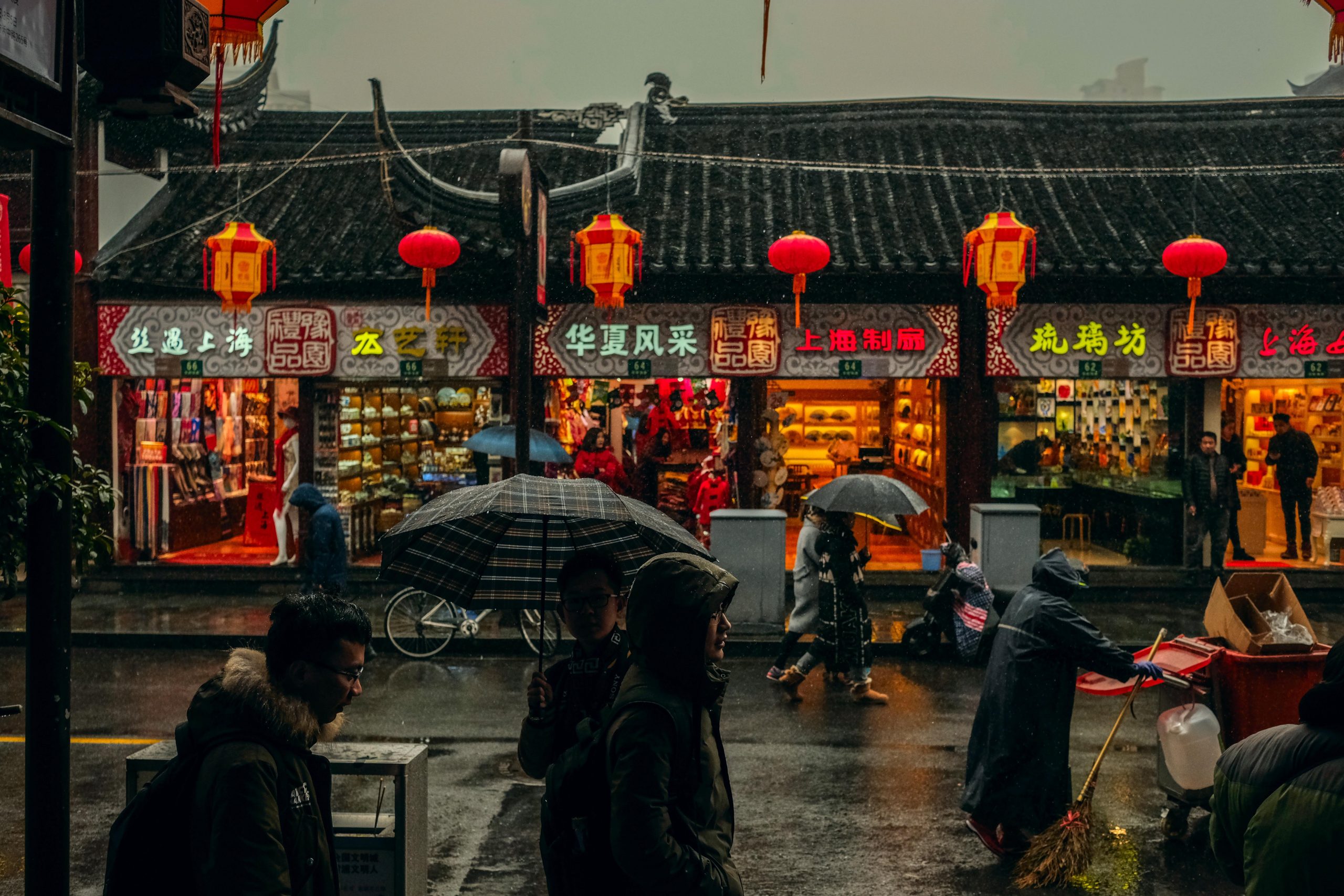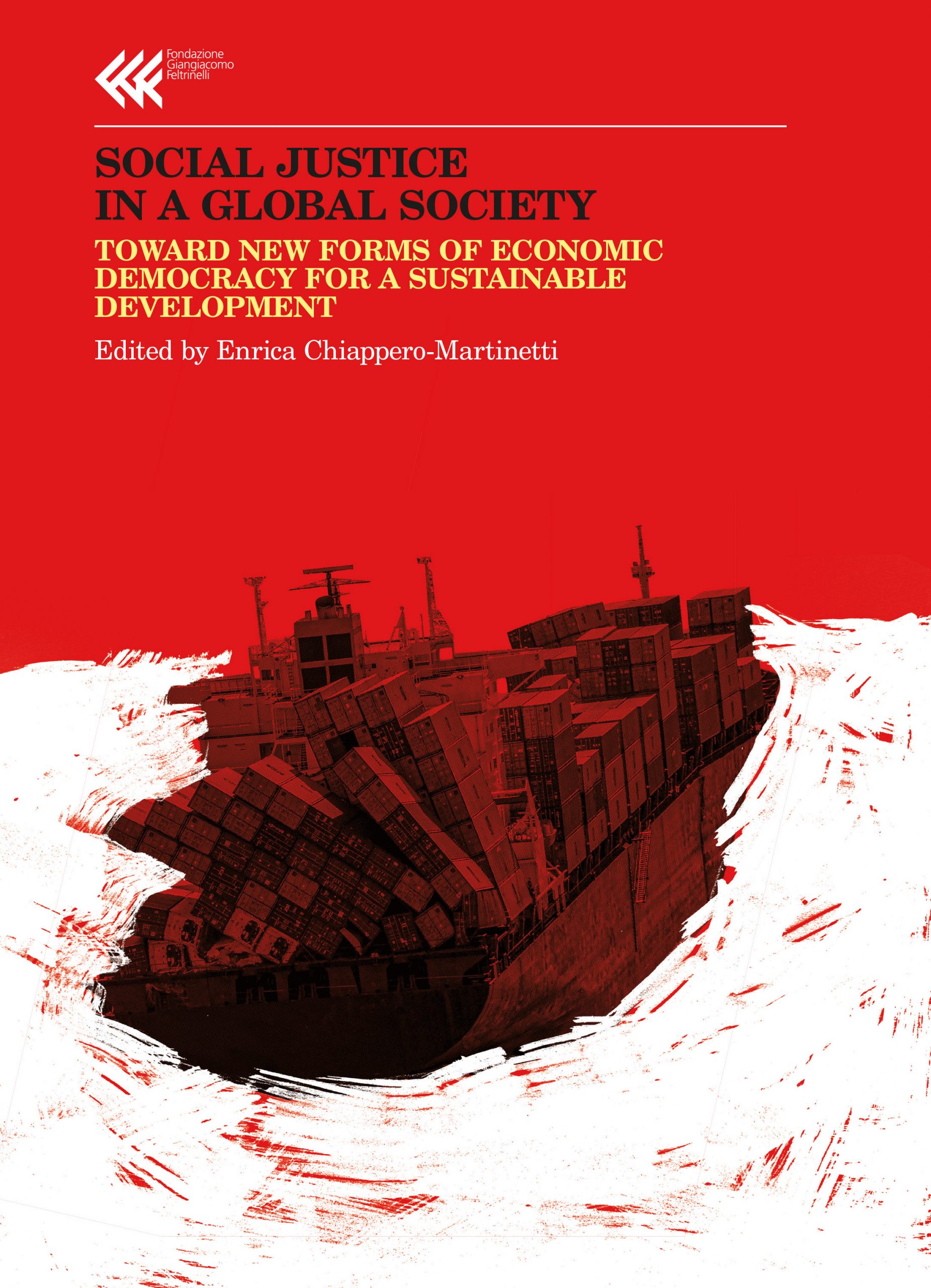We publish here an excerpt from Isabelle M. Weber, How China Escaped shock therapy. The market reform debate, Routledge, London 2021. We want to thank the publisher for the authorization.
Contemporary China is deeply integrated into global capitalism. Yet, China’s dazzling growth has not led to a full-fledged institutional convergence with neoliberalism. This defies the post-Cold War triumphalism that predicted the “unabashed victory of economic and political liberalism” around the globe. The age of revolution ended in 1989 (Wang, 2009). But this did not result in the anticipated universalization of the “Western”economic model. It turns out that graduai marketization facilitated China’s economic ascent without leading to wholesale assimilation. The tension between China’s rise and this partial assimilation defines our present moment, and it found its origins in China’s approach to market reforms.
The literature on China’s reforms is large and diverse. The economic policies that China has adopted in its transformation from state socialism are well known and researched. Vastly overlooked, however, is the fact that China’s gradual and state-guided marketization was anything but a foregone conclusion or a “natural” choice predetermined by Chinese exceptionalism. In the first decade of “reform and opening up” under Deng Xiaoping (1978-1988), China’s mode of marketization was carved out in a fierce debate.
Economists arguing in favor of a shock therapy-style liberalization battled over the question of China’s future with those who promoted gradual marketization beginning at the margins of the economic system. Twice, China had everything in place f or a “big bang” in price reform. Twice, it ultimately abstained from implementing it.
What was at stake in China’s market reform debate is illustrated by the contrast between China’s rise and Russia’s economic collapse. Shock therapy – the quintessentially neoliberal policy prescript – had been applied in Russia, the other former giant of state socialism. Nobel Memorial Prize laureate Joseph Stiglitz attests “a causal link between Russia’s policies and its poor performance.” Russia’s and China’s positions in the world economy have been reversed since they implemented different modes of marketization. Russia’s share of world GDP almost halved, from 3.7 percent in 1990 to about 2 percent in 2017, while China’s share increased dose to sixfold, from a mere 2.2 percent to about one-eighth of global output.
Russia underwent dramatic deindustrialization, while China became the proverbial workshop of world capitalism.
The average real income of 99 percent of people in Russia was lower in 2015 than it had been in 1991, whereas in China, despite rapidly rising inequality, the figure more than quadrupled in the same period, surpassing Russia’s in 2013. 3 As a result of shock therapy, Russia experienced a rise in mortality beyond that of any previous peacetime experiences of an industrialized country. Given China’s low level of development compared with Russia’s at the dawn of reform, shock therapy would likely have caused human suffering on an even more extraordinary scale. It would have undermined, if not destroyed, the foundation for China’s economic rise. It is hard to imagine what global capitalism would look like today if China had gone down Russia’s path. Despite its momentous consequences, the key role played by economic debate in China’s market reforms is largely ignored. The famous Harvard development economist Dani Rodrik represents the economics profession more broadly when he answers his own question of whether “anyone [can] name the (Western) economists or the piece of research that played an instrumental role in China’s reforms” by claiming that “economic research, at least as conventionally understood” did not play “a significant role“.
Photo by Nuno Alberto on Unsplash.









